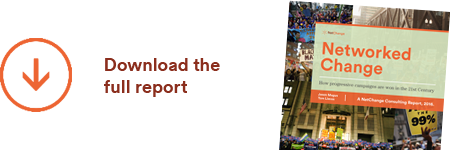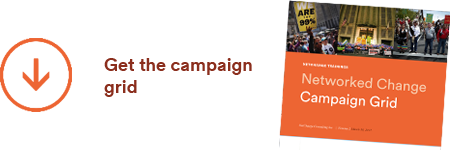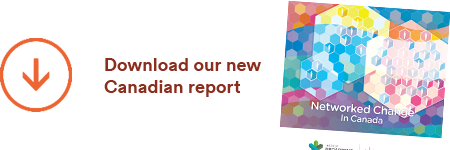The Communicopia office has been all a-buzz this past week after helping one of our NYC-based clients, Common Ground, launch their bold new campaign to house 100,000 homeless Americans by July 2013.
Being from Vancouver where homelessness is a top-of-mind issue, we were thrilled to work closely with the 100,000 Homes Campaign team because of their unique, integrated approach to solving this problem using a collaborative self-organizing systems approach.
Sharing their vision, passion, and model to grow a groundswell around this campaign makes it one of our most compelling websites of the year.
Built on what we think is a game-changing framework, the campaign supports communities in 50 cities across the US. By working to build new, deeply collaborative connections within communities, the campaign helps local groups attract fresh resources and leadership from successful community leaders outside the traditional “homelessness” realm, and plug them in.
Moving from there, the team conducts a face-to-face “registry” of homeless people in this area, and then works together to identify and leverage the necessary resources to find their neighbours homes and keep them housed, working within a “house the hardest to house first” model. The math and economics behind their plan — just compare the costs of one month’s security deposit on an apartment to that of one ambulance ride to the hospital — brings even the most hardened people on-side.
Finally, 100,000 Homes creates a new story and narrative around the entire issue, by showing it as not only possible to solve, but inevitable that we’re solving it. For a field that is awash in depressing stories and setbacks, this could be their most transformative innovation.
Know Your Audience
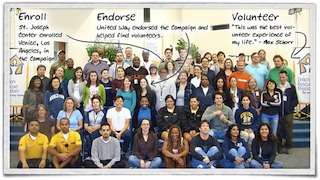 Our first step in working with 100,000 Homes was to turn their passion and model into a campaign plan that would work online. We did that by first gaining a deep understanding of the people they aim to reach, getting to know their values and behaviours. Our brief one-on-one interviews with housing practitioners across America, volunteers and Common Ground Staff deeply informed our decisions about site architecture, design vision, and what digital tools to create that they would find useful, and would help the campaign succeed.
Our first step in working with 100,000 Homes was to turn their passion and model into a campaign plan that would work online. We did that by first gaining a deep understanding of the people they aim to reach, getting to know their values and behaviours. Our brief one-on-one interviews with housing practitioners across America, volunteers and Common Ground Staff deeply informed our decisions about site architecture, design vision, and what digital tools to create that they would find useful, and would help the campaign succeed.
One of these tools is the Idea Exchange. We discovered that their audience wanted to find simple ways to share ideas, stories, and lessons learned and help each other solve problems, and provide inspiration. Knowing these people were busy and rarely sit down to use a computer, we set up a simple (and free!) Google Group, as well as a focus to Facebook that supports communication and collaboration. If the community grows, we’ll look at growing the tool, but if fits where they are at now, and saved the campaign some serious resources.
Designing for change
Informed by our user research, we recognized our greatest challenge was designing a site that would show how the model is unique and credible, and bring a sense of simplicity to what is a highly complex issue.
We decided to build the site around the inspirational people and stories of volunteers, community partners and their homeless neighbours who had been housed. Using real photos of real people not only humanizes the campaign, but it “shows, not tells” in a creative and visceral way what their model is all about — re-connecting and energizing communities.
It was also key that the site create a feeling of hope, possibility, and a sense of inevitable momentum towards solutions, and be inviting enough to allow different kinds of site visitors to see where they could plug in and become part of the solution. We think we struck that balance with a stand-out design for the sector.
Let’s solve this thing!
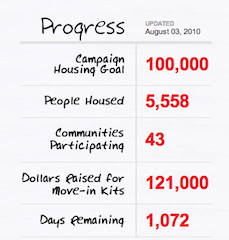 At the time of launch, the campaign had already signed on 36 communities across the USA, and found homes for over 5,400 people. They are a long way from their goal of 100K, but on day one of the launch, the early momentum is palpable.
At the time of launch, the campaign had already signed on 36 communities across the USA, and found homes for over 5,400 people. They are a long way from their goal of 100K, but on day one of the launch, the early momentum is palpable.
Here in Vancouver we have been working to address homelessness for decades. Now that the 100,000 Homes Campaign is underway and momentum is hitting full stride, we look forward to watching more pins appear on the site’s Map of America denoting new communities and states signing on as partners and endorsers, and watching the site’s web-counter of “People Housed” continue to rise. If America can do it, why can’t we?






